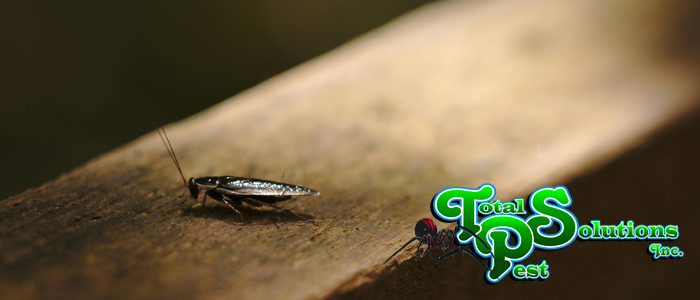
Depending on what part of Florida you live in, you may have never seen fireflies before. But like most of us you are probably curious about them and what makes them glow the way they do. Many states north of us and even some more rural parts of our state see fireflies… many have these fascinating creatures flying in in the warmer months. It is a favorite pastime of children to chase and catch fireflies. Read on for more information about these interesting insects.
-
Fireflies are not flies
Did you know that, despite what their name suggests, fireflies are not related to flies at all? They are actually a type of beetle. In fact, their scientific classification is under the Family Lampyridae, which comes from the Greek word “lampein,” which means to glow. There are many different species in the Lampyridae family, not all of whom give off a telltale glow.
-
Firefly glow
The species of fireflies that are able to glow do so through a complex internal process of mixing oxygen with a pigment called “luciferin” to light up their abdomen. There are even some fireflies in Asia who put on a light show for passersby by synchronizing their flashes. Some species in the United States are also capable of this, and it can be seen in the Smokey Mountain Region of Tennessee in early June.
-
Mating
Fireflies use their showy flashes for a purpose. They are known to light up their abdomen in a specific pattern, which is unique to each species, in order to help them attract a mate. Most often the male of the species will fly around flashing his light in his species-specific pattern while the females look on from below. If the female is interested, she will display a single flash in time with the male’s pattern.
-
Eating
Another reason that fireflies flash is to attract food. There is a species of firefly wherein the females will flash their lights in an effort to attract males, which they then eat. The females then use the chemicals in the male’s body to help ward off predators.
-
Predators
Firefly blood actually contains a defensive mechanism. There is a steroid contained in it that makes them unappetizing to predators. Any predator who has tried to bite a firefly in the past will likely avoid doing so again in the future to avoid the unpleasant taste.
-
Decline
Sadly, firefly numbers are declining due to human activity. Light pollution and construction in firefly habitats means that firefly numbers are dwindling rapidly. When a firefly habitat is overtaken by humans, they do not relocate. They are forced to give up and just disappear.
If You Want To Catch A Firefly
If you are in an area where there are fireflies and want to catch them, protect them by placing a wet paper towel in the bottom of a glass jar so they have access to water. Remember to poke holes in the lid so they have air. Also be sure to release them after no more than a day so they can get food and continue to show off their wonderful lights!
continue reading
Related Posts
How to Get Rid of House Lizards Without Killing Them
What They Don’t Tell You About Gardening in Florida Florida






